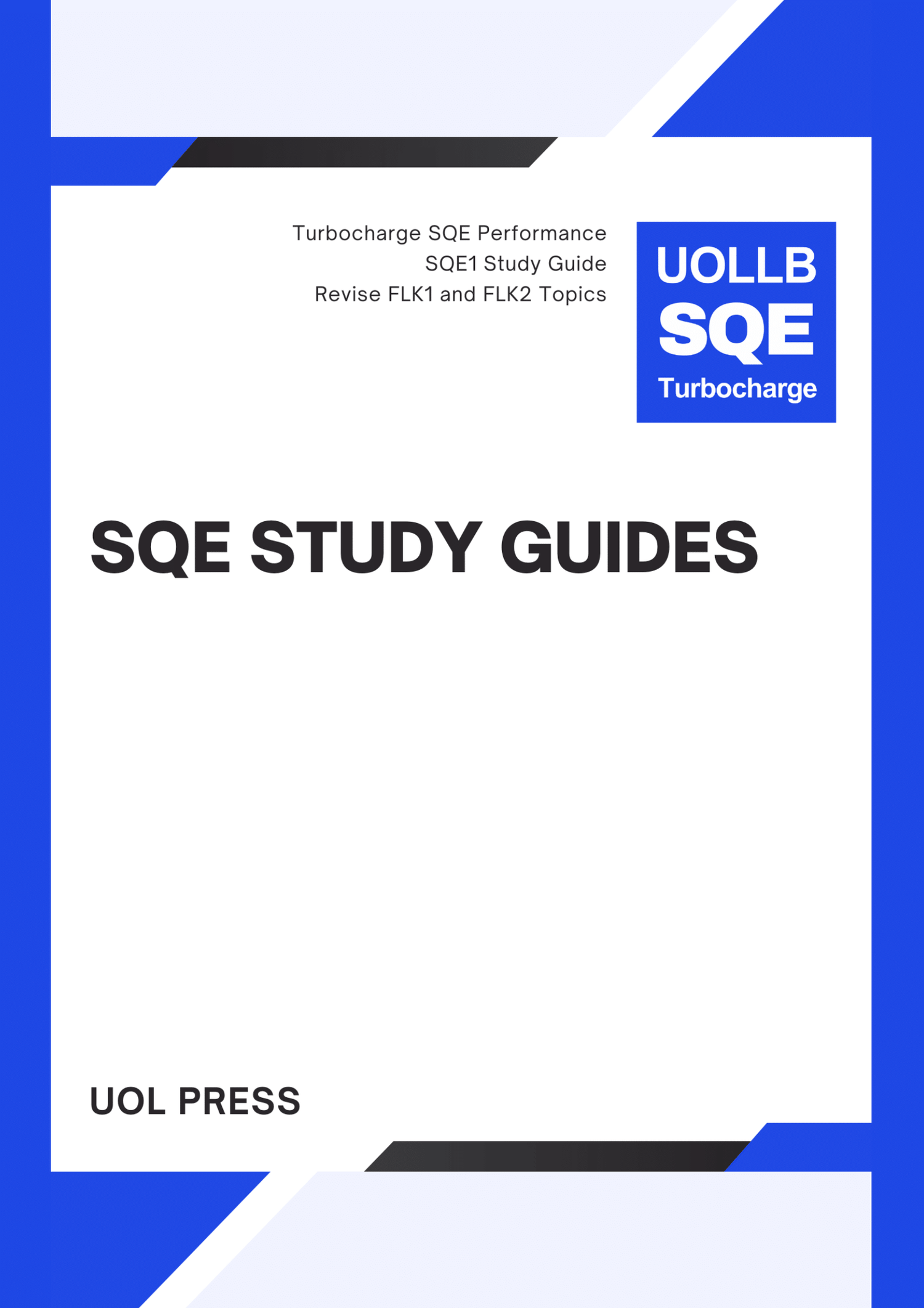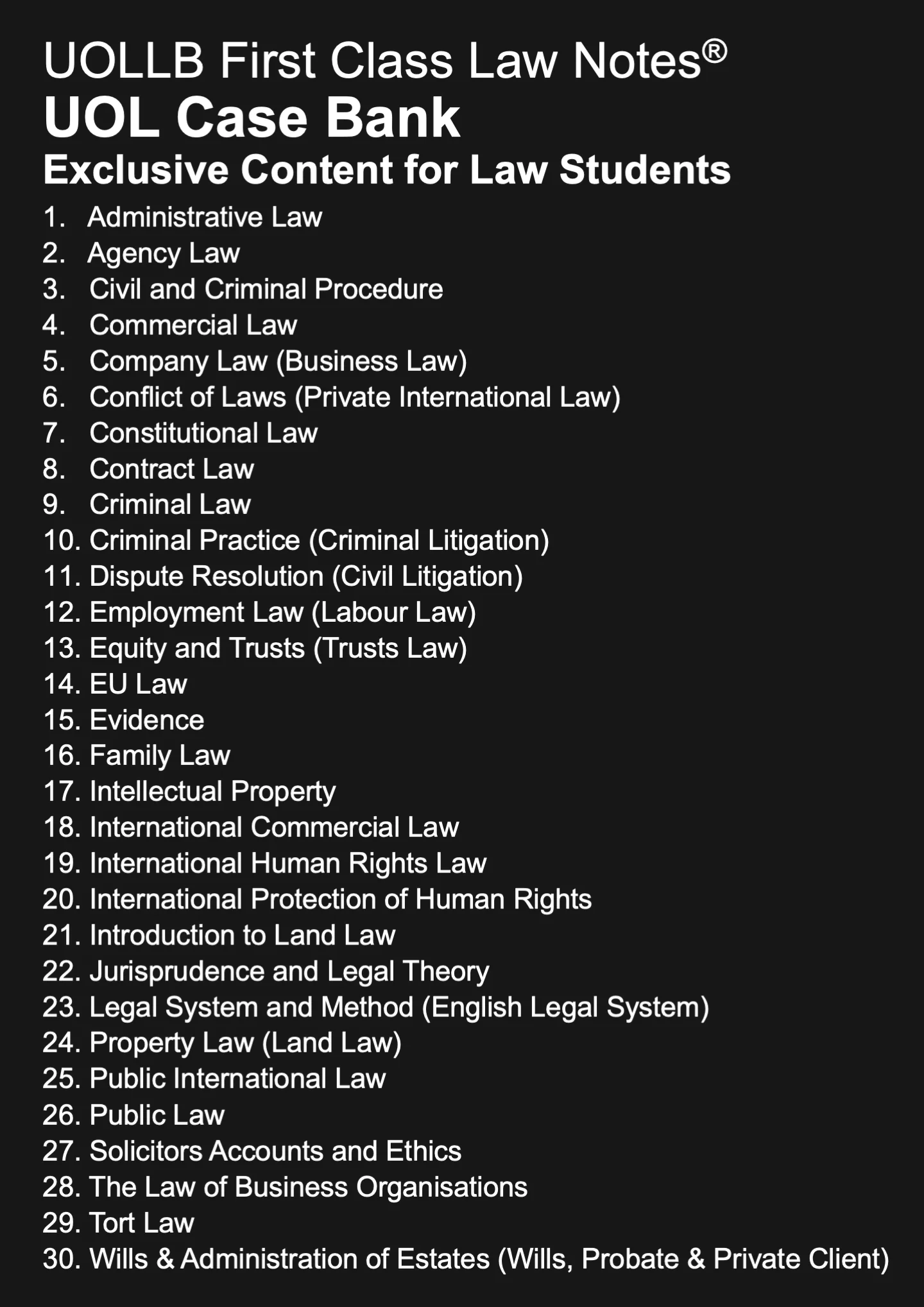Transfer Pricing Benchmarking Models
Share
Transfer pricing benchmark models are used to assess and analyse the transfer prices applied in transactions between related entities within multinational corporations. These models help determine whether the prices set for intercompany transactions are at arm's length, meaning they reflect the prices that unrelated parties would agree upon in similar circumstances.
Comparable uncontrolled price (CUP) method: The CUP method compares the price of a controlled transaction with the price of a similar transaction between unrelated parties. It seeks to identify comparable transactions based on factors such as the nature of the product or service, contractual terms, economic conditions, and market circumstances. The price of the comparable transaction serves as a benchmark to evaluate whether the controlled transaction is priced at arm's length.
Resale price method (RPM): The RPM examines the gross profit margin earned by a reseller in a controlled transaction. It compares the resale price charged by the reseller to an unrelated party with the resale price margin of a comparable transaction between unrelated parties. The difference between the resale price and the resale price margin is used to determine an appropriate transfer price for the controlled transaction.
Cost plus method (CPM): The CPM evaluates the mark-up on costs incurred by a manufacturer or provider of goods or services in a controlled transaction. It compares the mark-up percentage of the controlled transaction with the mark-up percentage of a comparable transaction between unrelated parties. The difference in mark-up is used to determine an arm's length transfer price.
Transactional net margin method (TNMM): The TNMM compares the net profit margin earned in a controlled transaction with the net profit margin of a comparable transaction between unrelated parties. It considers the relative profitability of the controlled transaction by comparing factors such as operating costs, assets employed, and functions performed. The difference in net profit margins is used to determine an arm's length transfer price.
Profit split method (PSM): The PSM is used when the contributions of each related party to a controlled transaction cannot be reliably evaluated using other methods. It involves splitting the combined profits of the parties based on their relative contributions and risks. The profit split can be based on various factors such as assets employed, functions performed, and risks assumed by each party.
When applying these models, it is important to consider the availability and reliability of comparable data, as well as the specific industry and market dynamics. Various sources of data can be used for benchmarking, including publicly available databases, industry reports, financial statements, and internal company data. It is also important to note that transfer pricing benchmarking should be conducted in accordance with applicable tax laws and regulations in the jurisdictions involved.
The benchmark evaluation models are used by multinational corporations to demonstrate compliance with transfer pricing regulations, reduce the risk of disputes with tax authorities, and ensure that intercompany transactions are conducted on an arm's length basis. It is crucial for companies to maintain detailed documentation and analysis supporting their transfer pricing decisions based on these benchmark evaluation models to demonstrate the reasonableness and accuracy of their pricing arrangements.
Comparable uncontrolled price (CUP) method: The CUP method compares the price of a controlled transaction with the price of a similar transaction between unrelated parties. It seeks to identify comparable transactions based on factors such as the nature of the product or service, contractual terms, economic conditions, and market circumstances. The price of the comparable transaction serves as a benchmark to evaluate whether the controlled transaction is priced at arm's length.
Resale price method (RPM): The RPM examines the gross profit margin earned by a reseller in a controlled transaction. It compares the resale price charged by the reseller to an unrelated party with the resale price margin of a comparable transaction between unrelated parties. The difference between the resale price and the resale price margin is used to determine an appropriate transfer price for the controlled transaction.
Cost plus method (CPM): The CPM evaluates the mark-up on costs incurred by a manufacturer or provider of goods or services in a controlled transaction. It compares the mark-up percentage of the controlled transaction with the mark-up percentage of a comparable transaction between unrelated parties. The difference in mark-up is used to determine an arm's length transfer price.
Transactional net margin method (TNMM): The TNMM compares the net profit margin earned in a controlled transaction with the net profit margin of a comparable transaction between unrelated parties. It considers the relative profitability of the controlled transaction by comparing factors such as operating costs, assets employed, and functions performed. The difference in net profit margins is used to determine an arm's length transfer price.
Profit split method (PSM): The PSM is used when the contributions of each related party to a controlled transaction cannot be reliably evaluated using other methods. It involves splitting the combined profits of the parties based on their relative contributions and risks. The profit split can be based on various factors such as assets employed, functions performed, and risks assumed by each party.
When applying these models, it is important to consider the availability and reliability of comparable data, as well as the specific industry and market dynamics. Various sources of data can be used for benchmarking, including publicly available databases, industry reports, financial statements, and internal company data. It is also important to note that transfer pricing benchmarking should be conducted in accordance with applicable tax laws and regulations in the jurisdictions involved.
The benchmark evaluation models are used by multinational corporations to demonstrate compliance with transfer pricing regulations, reduce the risk of disputes with tax authorities, and ensure that intercompany transactions are conducted on an arm's length basis. It is crucial for companies to maintain detailed documentation and analysis supporting their transfer pricing decisions based on these benchmark evaluation models to demonstrate the reasonableness and accuracy of their pricing arrangements.

























































